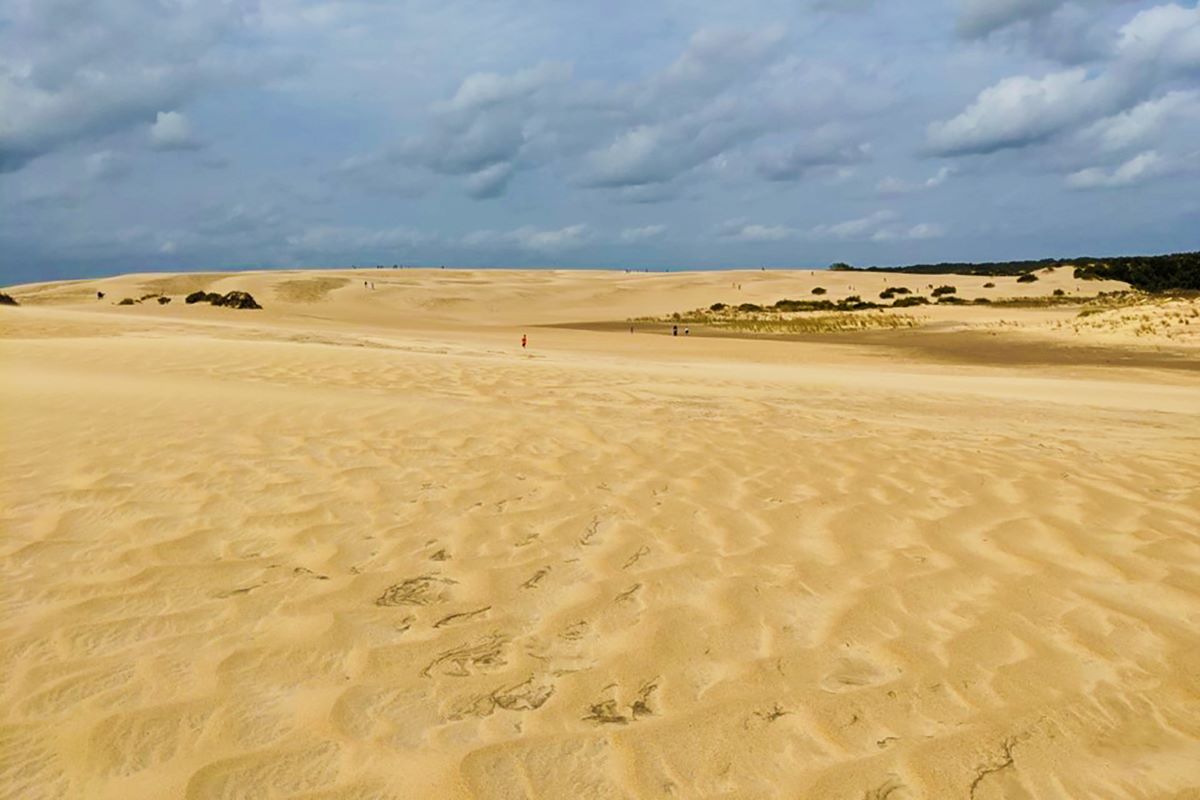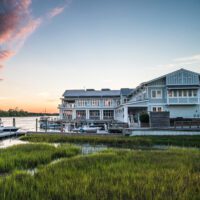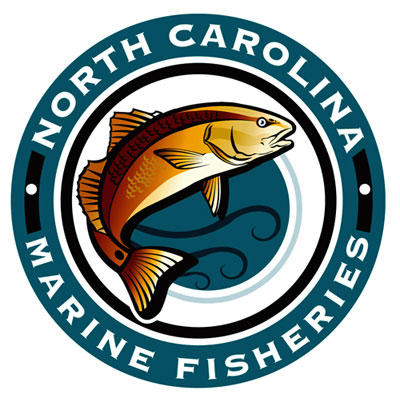
NEW BERN — The state commission that establishes rules and policy for coastal development is expected to, during its February meeting, consider its next step in the permanent rulemaking process to redesignate Jockey’s Ridge as an area of environmental concern.
The North Carolina Coastal Resources Commission is scheduled to begin its regular meeting at 3 p.m. Wednesday, Feb. 26, and resume its unfinished business at 9 a.m. Thursday, Feb. 27, in the DoubleTree New Bern Riverfront, 100 Middle St.
Supporter Spotlight
The public can attend the meeting in person or watch online. The in-person public comment period is at noon Feb. 27.
The Coastal Resources Advisory Council is scheduled to meet first at 1 p.m. Feb. 26, also at the DoubleTree.
The full agenda and related documents are on the Division of Coastal Management website. The division, which acts as staff to the commission, is under the North Carolina Department of Environmental Quality.
Jockey’s Ridge rules
Jockey’s Ridge in Nags Head was established as a state park in 1975 to protect the distinctive dune system from development. The Coastal Resources Commission in 1984 designated Jockey’s Ridge as a “Unique Geologic Feature Area of Environmental Concern” and has since had laws in place to manage activities in and around the park boundaries.
During the periodic rules review process in fall 2023, the Rules Review Commission, in an effort to defang coastal development rules based on now-court-refuted interpretation of state law, removed from the state administrative code the designation of Jockey’s Ridge as an area of environmental concern.
Supporter Spotlight
Related: Judge restores state’s erased coastal development rules
The Coastal Resources Commission then adopted emergency and temporary rules to reestablish Jockey’s Ridge as an area of environmental concern and use standards that went into effect Jan. 3, 2024. The emergency rules expired May 13, 2024, when the Rules Review Commission objected to the temporary rule.
The Coastal Resources Commission moved forward with permanent rulemaking on April 25, 2024, and adopted the rules Nov. 14, 2024. The Rules Review Commission objected Dec. 19, 2024, citing a failure to comply with the public noticing rules.
According to the division, staff have taken the necessary steps to rectify the objection and recommend the commission approve scheduling a public hearing as part of the permanent rulemaking process.
“The proposed permanent rule designates Jockey’s Ridge as an AEC with use standards which are nearly identical to the original 1984 standards,” with minor changes proposed for clarity, according to the division.
Public hearing on straw bales
A public hearing is scheduled for 4:30 p.m. Feb. 26, on proposed rule language and notice of text for the “Installation and Maintenance of Wheat Straw Bales for Sand Fencing.”
The proposed new rule is “to provide greater flexibility to local governments, large oceanfront homeowners associations, and government agencies in allowing the use of wheat straw bales for dune protection in addition to sand fencing,” according to the division.
Other items
Members are expected to take up variance requests Feb. 26 for properties in Carolina Beach, North Topsail Beach and at The Shoals Club on Bald Head Island.
A closed session is scheduled for Feb. 27 on an objection by the Rules Review Commission.
Staff are to present requests to move forward with amendments to two different rules for ocean hazard areas of environmental concern, and consider approving the periodic review schedule for the Coastal Area Management Act land use planning public comment and final report.
A petition for rulemaking to add to the definition of estuarine waters “All the waters’ described herein includes man-made ditches” is to be presented as well. Division staff do not support the request, according to the documents.
Information items include presentations on the history of the commission’s ocean hazard setback program, a review of the major permitting process, and an update on litigation.







